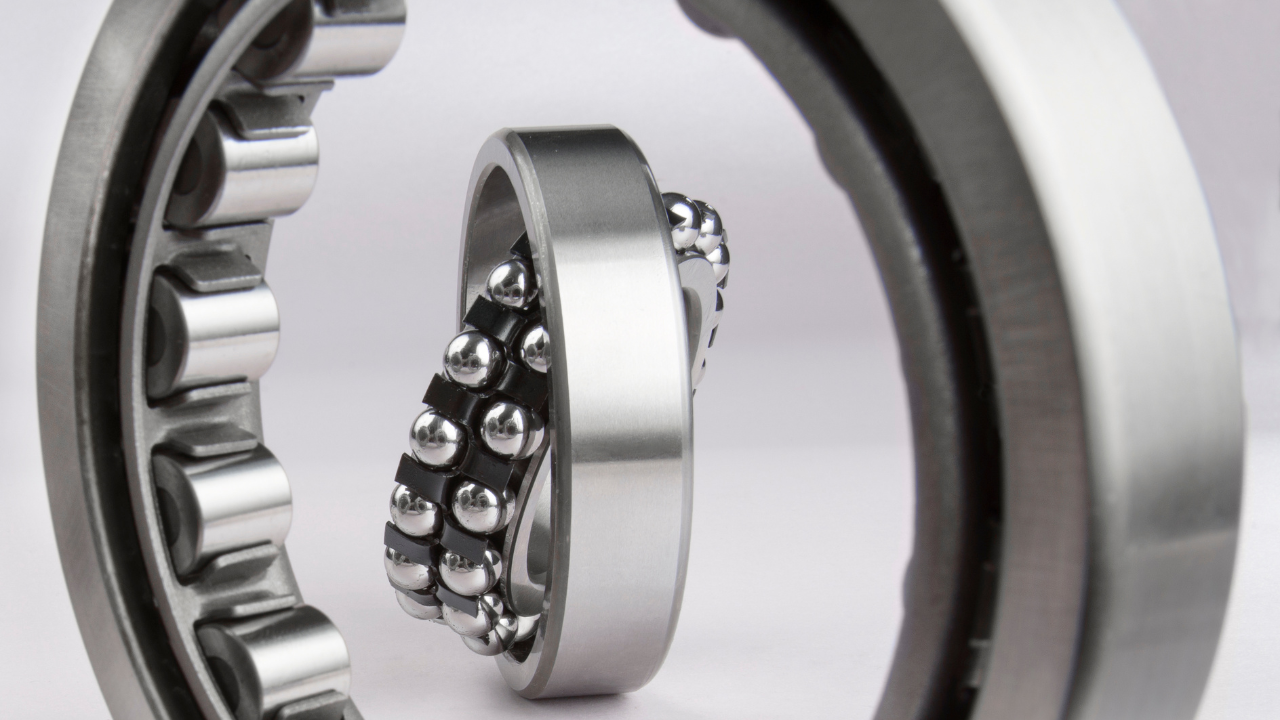The Meaning of Bearing Life
Daniel R. Snyder, P.E., SKF USA Inc.
What is the Meaning of Bearing Life? How long will a bearing last?
This article will describe how to calculate bearing life using the L10 bearing life equation and then help you interpret the meaning of bearing life as you calculate it.
Standardized bearing life equations help to answer
Experience shows seemingly identical rolling bearings operated under identical conditions may not last the same amount of time. In most cases, it is impractical to test a statistically significant number of bearings, so engineers rely on standardized bearing-life calculations to select and size bearings for a particular application. These calculations continue to evolve and become more accurate over time, reflecting the collective experience of the bearing industry, including recent advances in manufacturing, tribology, materials, end-user condition monitoring, and computation.
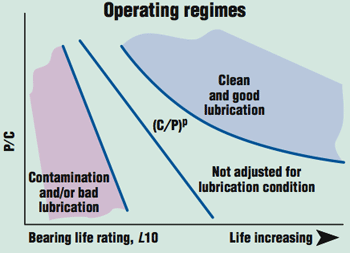
In February of this year, the International Organization for Standardization (ISO) published a revised ISO 281:2007 Standard for the calculation of bearing ratings and life. It builds on the previous Standard ISO 281:2000 to account for such factors as internal stresses from mounting, residual stresses from hardening and other manufacturing processes, and material cleanness. Also included are the effects of solid contaminants with various lubricating systems, as well as bearing material fatigue stress limits. Before going into further detail, it’s probably a good time to review the basics of bearing-life calculations, starting with the common definitions of life and then go into the meaning of bearing life.
Basic life or L10 as defined in ISO and ABMA standards is the life that 90% of a sufficiently large group of apparently identical bearings can be expected to reach or exceed. The median or average life, sometimes called Mean Time Between Failure (MTBF), is about five times the calculated basic rating life. Service life is the life of a bearing under actual operating conditions before it fails or needs to be replaced for whatever reason. The so-called specification life is generally a requisite L10 basic rating life and reflects a manufacturer’s requirement based on experience with similar applications.
Calculating Loads
Engineers typically employ rolling-contact fatigue models that compare bearing load ratings to applied dynamic and static loads as they impact service life and reliability.
The basic dynamic load rating covers dynamically stressed bearings that rotate under load. This rating, defined in ISO 281, is the bearing load that results in a basic rating life or L10 of 1 million revolutions. Dynamic loads should include a representative duty cycle or spectrum of load conditions and any peak loads.
The basic static load rating applies to bearings that rotate at speeds less than 10 rpm, slowly oscillate, or remain stationary under load over certain periods. Be sure to include loads of extremely short duration (shock) because they may plastically deform contact surfaces and compromise bearing integrity.
Classical mechanics along with known or calculable external forces are used to calculate the loads acting on a bearing. These external forces may include resultants from power transmission, shaft or housing supports, or inertia. When calculating loads on a single bearing, assume the shaft to be a beam resting on rigid, moment-free supports.
Basic catalog or simplified calculations typically ignore elastic deformations in the bearing, housing, or machine frame, as well as moments produced in the bearing by shaft deflection. Such calculations may assume loads are constant in magnitude and direction and act radially on a radial bearing, or axially and centrically on a thrust bearing. Oftentimes, bearings in actual service see simultaneous radial and axial loads. When the resultant of radial and axial loads is constant in magnitude and direction, calculate an equivalent dynamic bearing load from:
P = XFr + YFa
where P = equivalent dynamic bearing load, lb; Fr = actual radial bearing load, lb; Fa = actual axial bearing load, lb; X = radial load factor for the bearing; and Y = axial load factor for the bearing.
For single-row radial bearings, axial load influences P only when the ratio Fa ⁄ Fr exceeds a certain limiting value. Conversely, even light axial loads are significant for double-row radial bearings. The above equation also applies to spherical thrust bearings and other thrust types that handle both axial and radial loads. Be sure to consult manufacturer catalogs for axial-radial thrust bearings because designs can vary widely. For thrust ball bearings and other types that carry pure axial loads, the equation simplifies to P = Fa, provided the load acts centrically.
Rating Life Equations
The equation from ISO 281 or the American Bearing Manufacturers Association (ABMA) Standards 9 and 11 figures basic, nonadjusted rating life by:
L10 = (C ⁄ P)p in millions of revolutions where C = basic dynamic load rating, lb; P = equivalent dynamic bearing load, lb; p = life-equation exponent ( p = 3 for ball bearings; and p = 10/3 for roller bearings)
For bearings run at constant speed, it may be more convenient to express the basic rating life in operating hours:
L10h = (1,000,000/60)nL10 where n = rotational speed, rpm
Predicted bearing life is a statistical quantity in that it refers to a bearing population and a given degree of reliability. The basic rating life is associated with 90% reliability of bearings built by modern manufacturing methods from high-quality materials and operated under normal conditions. In practice, predicted life may deviate significantly from actual service life, in some documented cases by nearly a factor of five.
Service life represents bearing life in real-world conditions, where field failures can result from root causes other than bearing fatigue. Examples of root causes include contamination, wear, misalignment, corrosion, mounting damage, poor lubrication, or faulty sealing systems.
Ongoing advances in bearing technology and manufacturing processes continue to extend bearing life and reduce sensitivity to severe operating conditions. Standard ISO 281 has developed in step with these advances to predict service life more accurately. The latest version expands coverage to include bearing material fatigue stress limits, and a factor for solid contamination effects on bearing life when using various lubrication systems such as grease, circulating oil, and oil bath.
The equation calculates modified rating life at n% reliability Lnm in millions of revolutions at constant speed by:
Lnm= a1aISOL10
where a1 = life-adjustment factor for reliability (1.0 for 90% reliability); and aISO = manufacturer life modification factor according to ISO 281.
Finding aISO involves the use of a contamination factor that considers the lubrication system type, cleanliness class, bearing size, and lubrication operating conditions as defined in ISO 4406. This contamination factor, along with the ratio of the bearing fatigue load limit to the bearing equivalent load limit, and the lubrication condition, determine aISO. In general, better lubricant conditions and lower equivalent loads lessen bearing life sensitivity to contamination levels. Conversely, high loads and poor lubricant conditions raise bearing life sensitivity to contamination.
Some Advantages and Cautions
Bearing life calculated according to the updated ISO 281:2007 Standard or similar methods from individual bearing manufacturers is a big step forward in the ability to more accurately predict service life based on known operating conditions. With it comes distinct advantages to interpret the meaning of bearing life as it is calculated, as well as possible pitfalls.
On the plus side, the additional information may make it possible to downsize bearings run under good operating conditions, thereby lowering friction, energy usage, and weight. It can help with the selection of lubrication and filtration that maximize bearing and system life. This, in turn, may let companies extend warranties or service intervals for bearings run under controlled operating conditions. The updated Standard also helps engineers better evaluate the influence of operating parameters on specific bearing types and designs.
However, the calculations are sensitive to changes in load, temperature, lubrication condition, and contamination level. The wrong choice of bearing combined with improper assumptions of operating conditions could lead to premature bearing failure. The methodology and calculations assume modern bearing designs and manufacturing processes and quality bearing materials. With today’s global sourcing, that may not be the case. The approach further assumes bearings are properly installed and maintained. Again, this may not be so. In any case, it’s probably a good idea to consult bearing manufacturers when incorporating bearings into new designs.
Daniel R. Snyder, P.E., SKF USA Inc. | Machine Design
Related Articles

Power Transmission: Select Proper Re-Lubrication to Extend Bearing Life
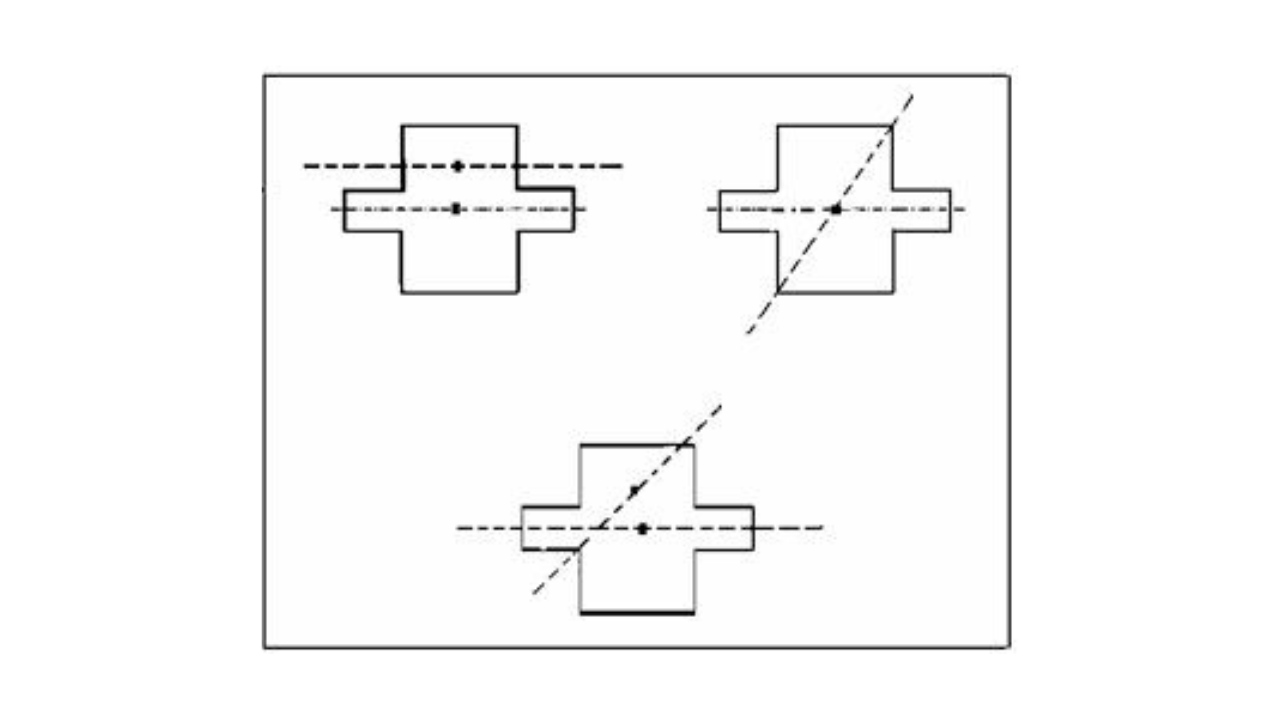
How Unbalance Affects Bearing Life
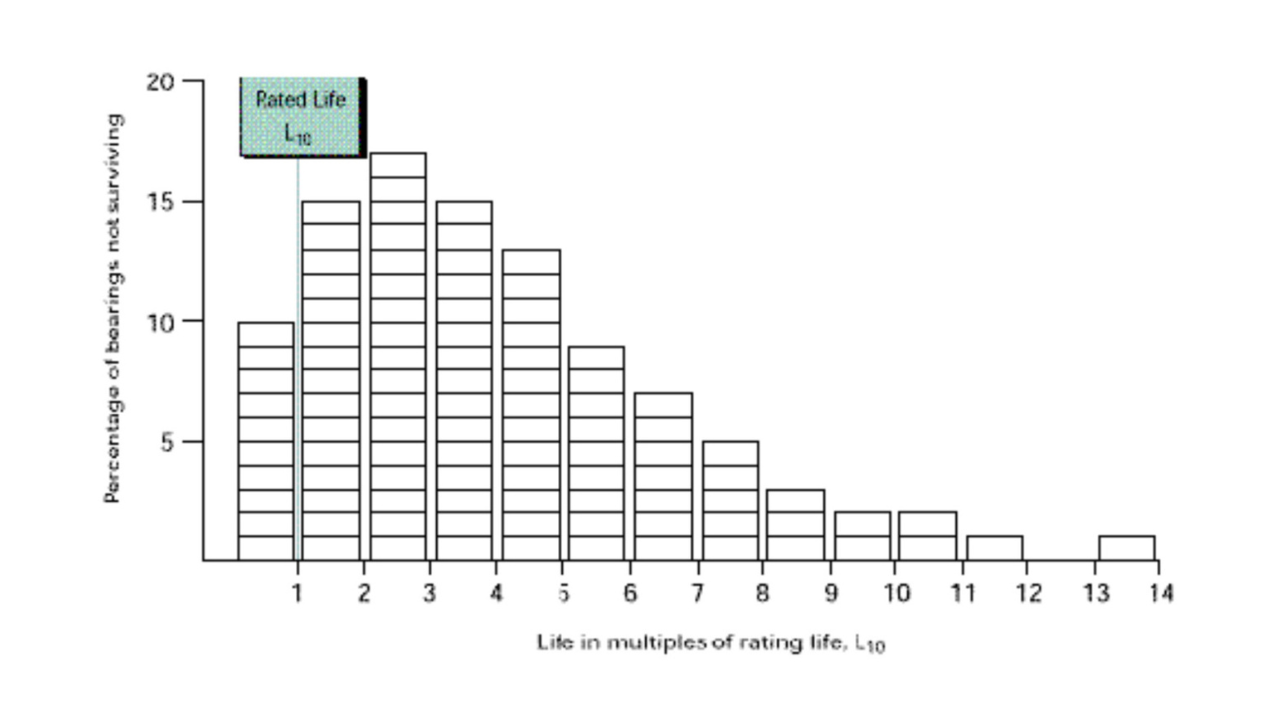
Basis for Bearing Life Calculation
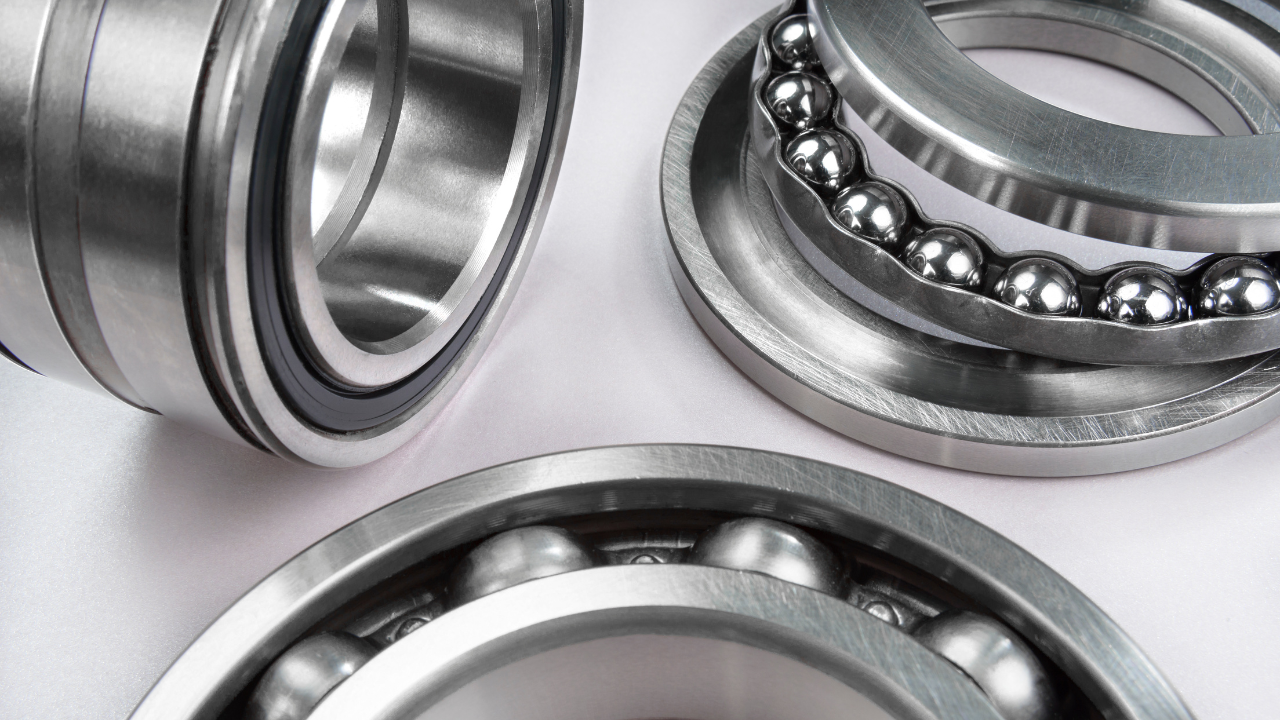
Installation Errors Shorten Bearing Life
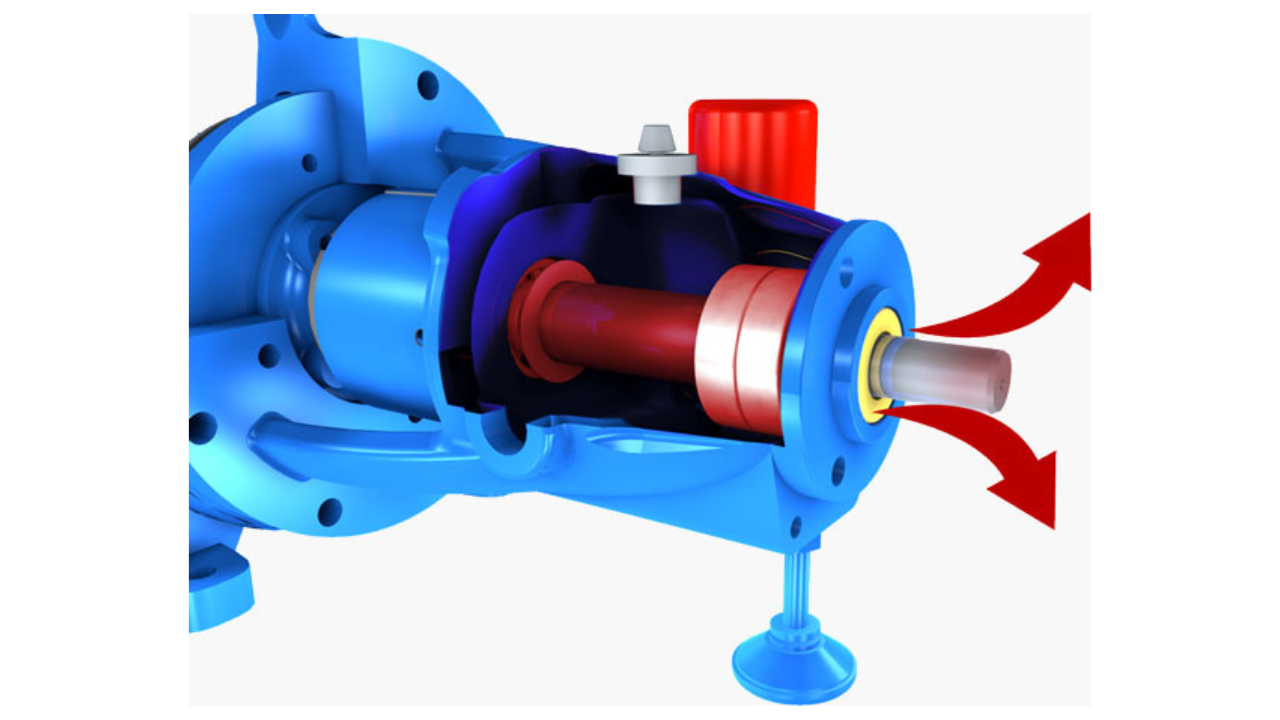
How to Extend Bearing Life
